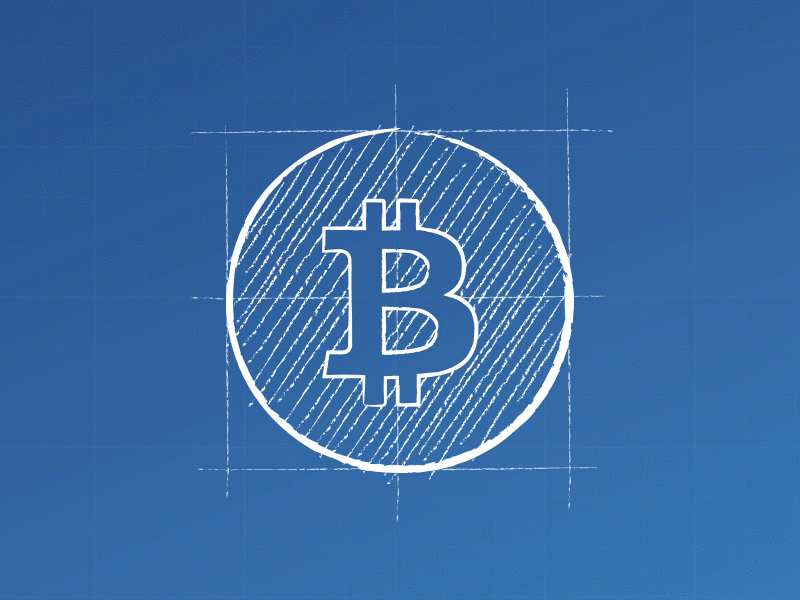History of Solana Cryptocurrency

The Origins of Solana: A Faster Blockchain Technology
When it comes to blockchain technology, innovation never sleeps. Yet, even within an industry synonymous with cutting-edge progress, some developments stand out. One such milestone in the blockchain space is the emergence of Solana, a high-performance, permissionless blockchain that has been turning heads since its public launch in March 2020. But what truly sets Solana apart isn't just its technical prowess—although that's certainly impressive—it's also the vision and ambition of its founders.
Solana's public journey began on March 16, 2020, when its first block was created. However, the work that led to that momentous occasion had been ongoing for quite some time, driven by a team of dedicated engineers and visionaries who believed in the power of decentralization and the boundless potential of blockchain technology.
So, who are the people behind Solana, and what inspired them to create a blockchain platform that has set new benchmarks for speed and scalability? Let's dive into the fascinating story of Solana's origins and explore the lives and careers of its founders.
The Founding Team: Pioneers with a Purpose
Anatoly Yakovenko, the mastermind behind Solana, is no stranger to the world of technology and engineering. Before venturing into the blockchain space, Yakovenko had already accumulated significant experience in the tech industry, working for companies like Qualcomm and Dropbox. His work at Qualcomm focused on optimizing operating systems, and it was there that he developed a keen interest in distributed systems and network architecture.
Yakovenko wasn't alone on this journey. He teamed up with his former Qualcomm colleague, Greg Fitzgerald, who brought his own wealth of experience in systems engineering to the project. Fitzgerald served as Solana's original CTO and was instrumental in bringing the technical aspects of Yakovenko's vision to life.
The Solana project also drew in Raj Gokal, who took up the role of Chief Operating Officer. Gokal had a background in product management and business strategy, having previously worked in healthcare tech and consumer products. His expertise in operational scaling and business development complemented the technical skills of Yakovenko and Fitzgerald, making for a well-rounded founding team.
Stephen Akridge, another key player in the Solana story, joined as an engineer with a focus on hardware optimization. Like Yakovenko and Fitzgerald, Akridge had also spent time at Qualcomm, specializing in GPU optimization. The synergies among the founding team members—each bringing a unique skill set yet sharing a common professional background—contributed significantly to Solana's initial success.
Seeds of a Revolutionary Idea
What drove these talented individuals to come together and create Solana? It was the pursuit of solving some of the most pressing challenges in blockchain technology: scalability, speed, and cost-effectiveness. Traditional blockchain platforms like Bitcoin and Ethereum, while groundbreaking in their own right, faced limitations in these areas. Yakovenko and his team envisioned a blockchain that could handle a high throughput of transactions without compromising on decentralization or security.
It was during his time at Qualcomm that Yakovenko first conceived of the idea that would later become Solana's unique selling proposition: the Proof of History (PoH) consensus algorithm. In traditional blockchains, the order of transactions is determined through a time-consuming and energy-intensive process. Proof of History aimed to solve this by creating a historical record that proves that an event has occurred at a specific moment in time. This fundamental innovation allowed Solana to process transactions with unprecedented speed and efficiency.
Early Milestones and Community Engagement
One of the notable features of Solana's journey has been its commitment to community engagement and open-source development. From the outset, the team prioritized transparency and inclusiveness, sharing regular updates and involving the broader community in decision-making processes.
The project also benefited from several successful funding rounds, attracting investment from notable venture capital firms and industry leaders. These investments enabled the team to expand and refine the platform, setting the stage for its eventual public launch.
Furthermore, Solana's mainnet beta, launched shortly before its public release, offered developers a sandbox to experiment, build, and deploy decentralized applications (dApps) and protocols. This helped create a vibrant ecosystem around the platform, attracting a diverse range of projects that spanned various sectors, from DeFi to NFTs and beyond.
It's worth noting that Solana's approach to scalability and low transaction costs has not just been theoretical; it has been successfully put to the test. The platform has demonstrated its ability to handle large volumes of transactions, often surpassing established networks in daily transaction counts, all while maintaining low fees and fast confirmation times.
In a world where blockchain technology continues to evolve and redefine the way we think about digital transactions and decentralization, Solana stands as a testament to what can be achieved when vision, innovation, and teamwork come together. While it may be relatively young compared to some of its blockchain counterparts, Solana has already carved out a unique niche for itself, and its impact on the industry is likely to be felt for years to come.


